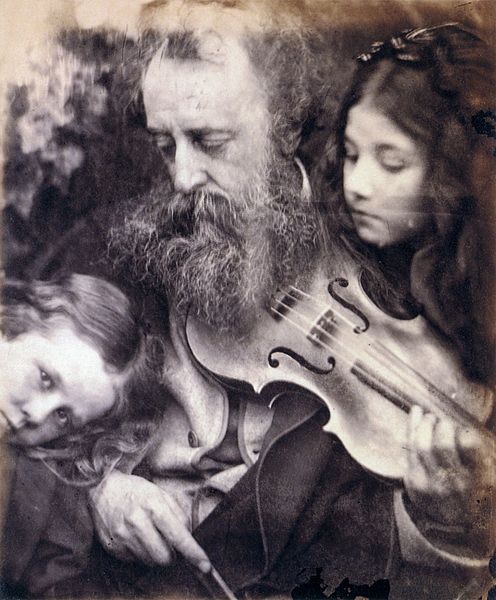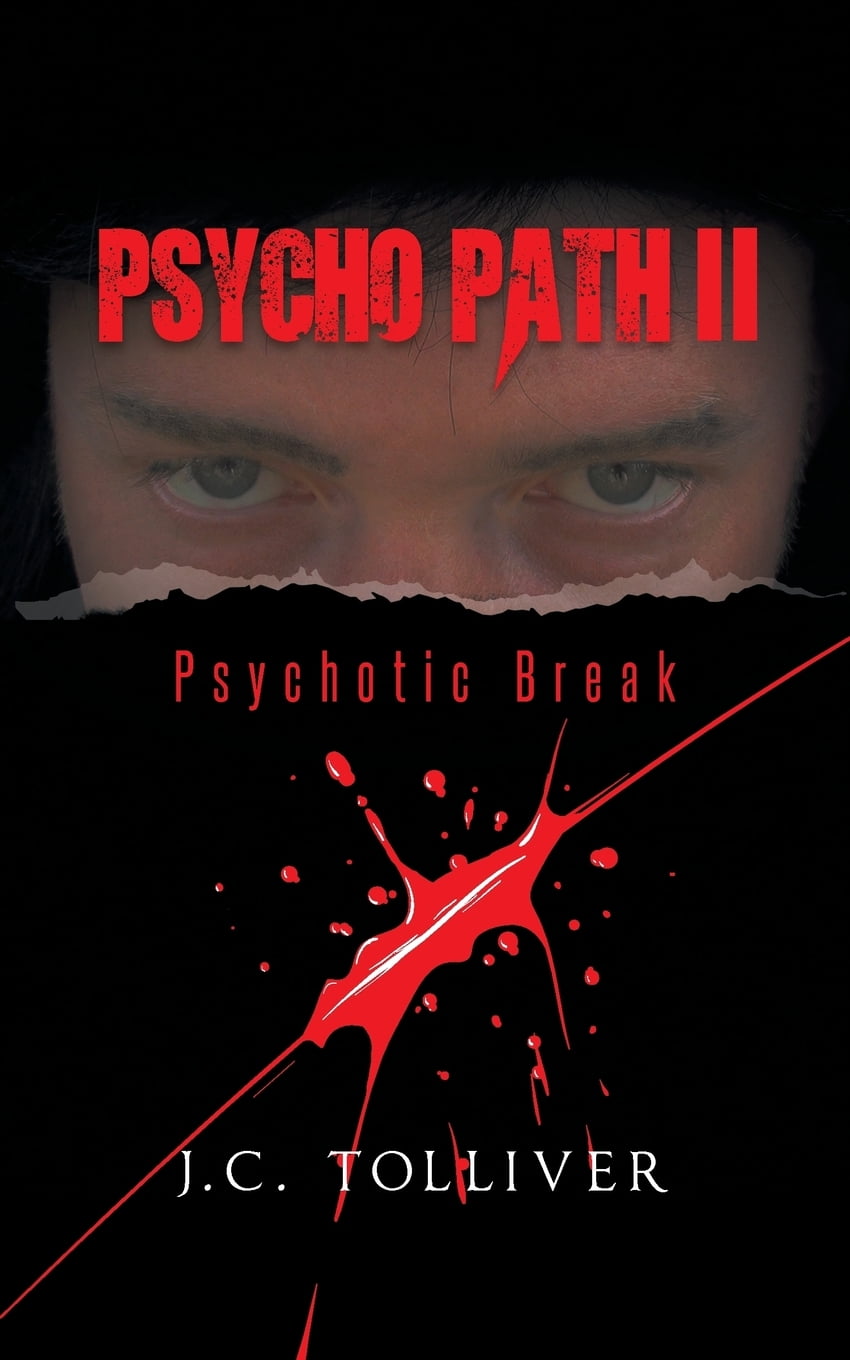

According to literature, up to 34.8% of the patients with a diagnosis of ASD can show psychotic symptoms and, similarly, autistic traits have been reported in schizophrenia patients (SCZ) in a percentage ranging between 3.6 and 60% ( 12).Īutism spectrum disorder is composed by different levels of complexity, with frequent comorbidity with intellectual disability ( 13) and recently, there is growing attention on the behavioral equivalents of schizophrenia in people with intellectual disability and autism spectrum disorder ( 14).īoth ASD and SCZ occur along a phenotypic continuum of clinical severity and are susceptible to common environmental risk factors such as advanced paternal age, pregnancy and birth complications, migration status ( 12). There is strong evidence for the existence of high rates of comorbidity between autism and psychosis ( 11). However, there is a growing number of studies that focus their attention on the link between schizophrenia and autism spectrum disorders (ASD), finding significant overlaps in genetic studies, neuroimaging data, clinical signs, and cognitive features ( 7– 10). If historically schizophrenia and autism were judged to be closely related ( 1), subsequently, through epidemiological studies, these two syndromes have been reconsidered as two distinct entities, each with its own characteristics, clinical course, and typical onset ( 2– 6).

The aim of this paper is to provide clinical tools to identify these psychotic phenomena in autistic patients, even when they occur in their attenuated form. In this paper, we reviewed the available scientific literature about comorbidity between psychosis and autism, focusing our attention on four specific dimensions: delusions, hallucinations, negative symptoms, and clinical course. Intercepting the onset of a psychotic breakdown in autism may be very difficult, both disorders in fact occur along a phenotypic continuum of clinical severity and in many cases, psychotic symptoms are present in an attenuated form. However, the identification of comorbid psychosis in patients with Autism Spectrum Disorder represents a complex challenge from a psychopathological point of view, in particular in patients with greater deficits in verbal communication. 8% and several significant implications for treatment and prognosis of these patients. There is strong evidence for the existence of a high comorbidity between autism and psychosis with percentages reaching up to 34. 7IRCCS–Fondazione Santa Lucia, Rome, Italy.6Department of Biomedicine and Prevention, University of Rome Tor Vergata, Rome, Italy.5Child Neurology and Psychiatry Unit, Department of Systems Medicine, University of Rome Tor Vergata, Rome, Italy.4Department of Mental Health, Azienda Sanitaria Locale (ASL) Roma 1, Rome, Italy.3Psychiatry and Clinical Psychology Unit, Fondazione Policlinico Tor Vergata, Rome, Italy.2Department of Systems Medicine, University of Rome Tor Vergata, Rome, Italy.1Unit of Neurology, Neurophysiology, Neurobiology and Psychiatry, Department of Medicine, University Campus Bio-Medico of Rome, Rome, Italy.If you think you may have a medical emergency, call your physician or 911 immediately.Michele Ribolsi 1 * Federico Fiori Nastro 2,3 Martina Pelle 2,3 Caterina Medici 2,3 Silvia Sacchetto 2,3 Giulia Lisi 4 Assia Riccioni 5 Martina Siracusano 6 Luigi Mazzone 5 Giorgio Di Lorenzo 2,3,7 By using this Site you agree to the following Terms and Conditions. We offer this Site AS IS and without any warranties. Never disregard the medical advice of your physician or health professional, or delay in seeking such advice, because of something you read on this Site.
FULL PSYCHOTIC BREAK PROFESSIONAL
We disclaim all responsibility for the professional qualifications and licensing of, and services provided by, any physician or other health providers posting on or otherwise referred to on this Site and/or any Third Party Site.

MedHelp is not a medical or healthcare provider and your use of this Site does not create a doctor / patient relationship. It is not intended to be and should not be interpreted as medical advice or a diagnosis of any health or fitness problem, condition or disease or a recommendation for a specific test, doctor, care provider, procedure, treatment plan, product, or course of action.

The Content on this Site is presented in a summary fashion, and is intended to be used for educational and entertainment purposes only.


 0 kommentar(er)
0 kommentar(er)
